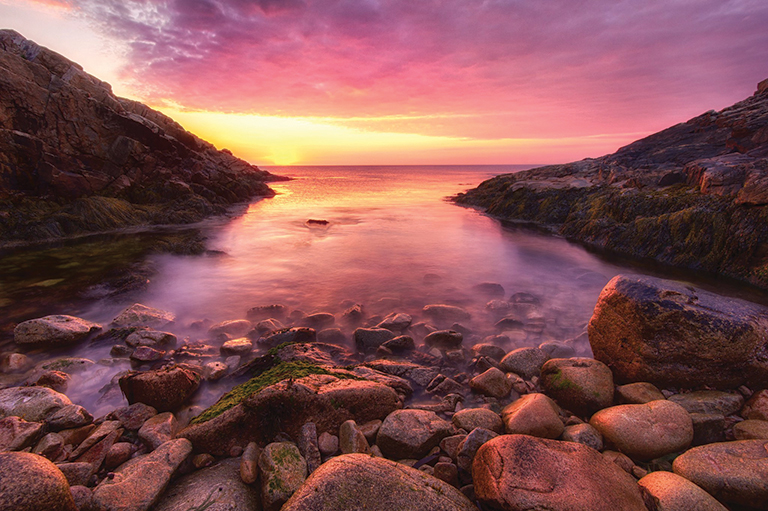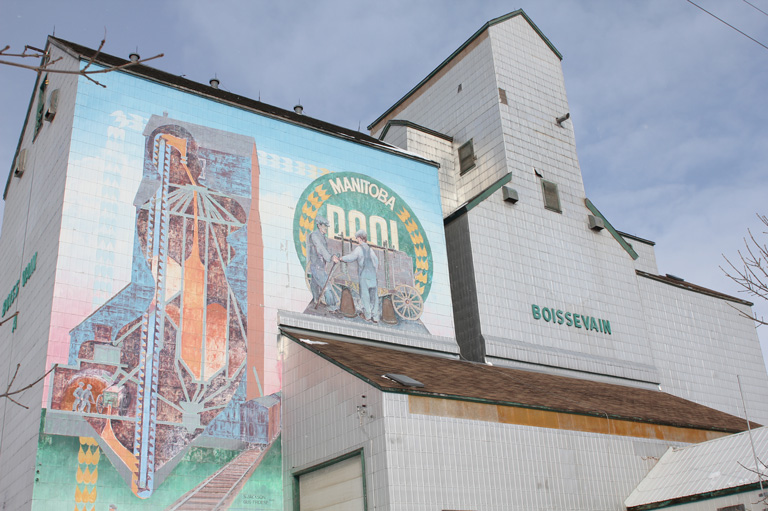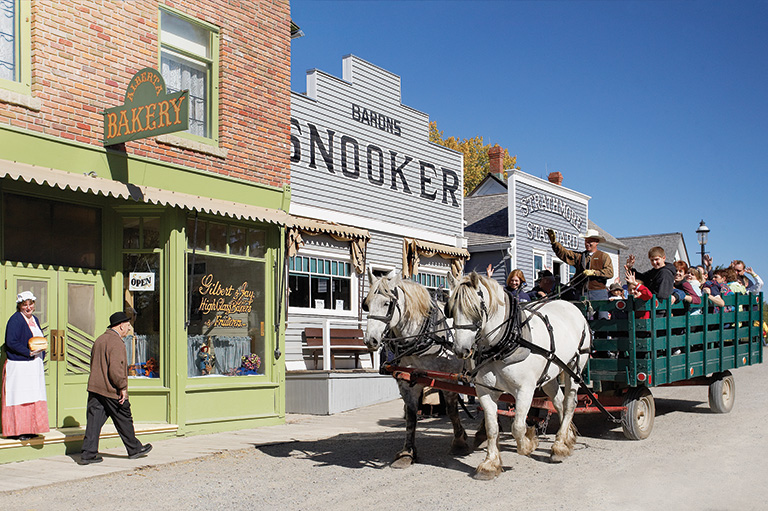Fleet Memories
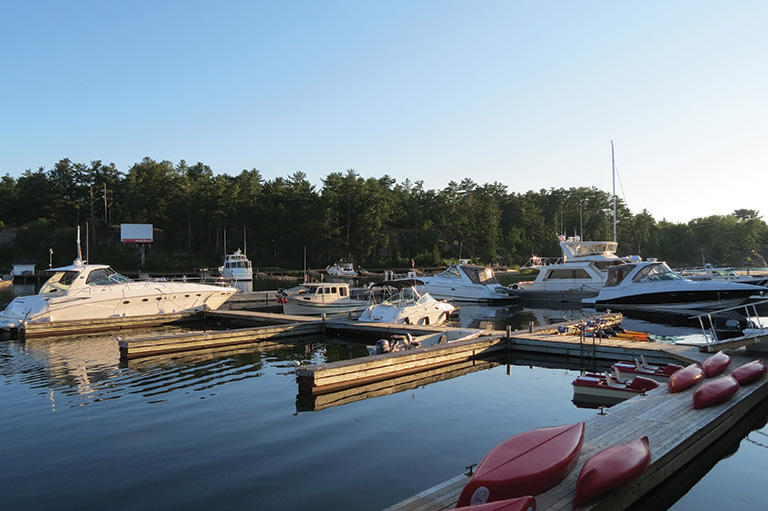
The village of Killarney, Ontario, on Lake Huron’s north shore has had many incarnations in its two hundred years of history. Originally called Shebahonaning (Ojibwa for safe canoe channel), it began as a sheltering spot for voyageurs and then became a thriving fur post after fur trader Etienne Augustin de la Morandière arrived in 1820.
More recently, Killarney has blossomed as a tourist haven, thanks to the allure of its ruggedly beautiful shores and its proximity to Killarney Provincial Park. But it was during the heyday of Georgian Bay’s commercial fishery that Killarney enjoyed its era of greatest prosperity and growth.
From the 1870s until the collapse of the industry in the 1950s, the now-tiny village was one of the most productive of Georgian Bay’s many fishing ports.
Remnants of that period of prosperity remain evident even half a century later, offering a window into the past and onto a vanishing lifestyle.
Starting from around the middle of the nineteenth century, Killarney would swell every spring as fishing families left their winter homes in communities on southern Georgian Bay to spend the summer harvesting Lake Huron’s bounty. Some eventually settled year-round, supplementing their income with farming and trapping.
Gill nets were the traditional gear of the Killarney fishery. Suspended between cork or wooden floats at the surface and stone or lead sinkers at the bottom, these fine-filament nets would entangle fish by their gills when they tried to swim through the mesh.
At first, fishermen hauled their nets using open rowboats, but oars gave way to sail and later to steam as vessels grew in size.
Pound nets came into use in the early 1900s. They were efficient but setting them required a large tug, a barge, and a steam-powered piledriver. The fishermen drove vertical stakes — between thirteen and twenty metres long — into Georgian Bay with a piledriver and then strung nets to create funnel-like enclosures that stretched more than a kilometre into the bay.
“Fish went into this funnel but couldn’t find their way out,” said Ted East, owner of Killarney Outfitters. “Fishermen would lift the floor of the net up, scooping up forty thousand to one hundred thousand pounds of fish at a time.”
There’s a great model of a pound net, as well as photos and other relics related to the fishing industry, in the Killarney Museum (admission by donation). Make sure to pop in for a visit.
Beside the museum is the former jail, looking decidedly insecure and more like a shed. Crime was uncommon in Killarney, but occasionally someone would be locked up for illegal fishing or engaging in a brawl with visitors from rival Manitoulin Island.
Fishing nets were made of cotton, and cotton is prone to rot. As a result, part of a fisherman’s routine included regular visits to the local tar vats.
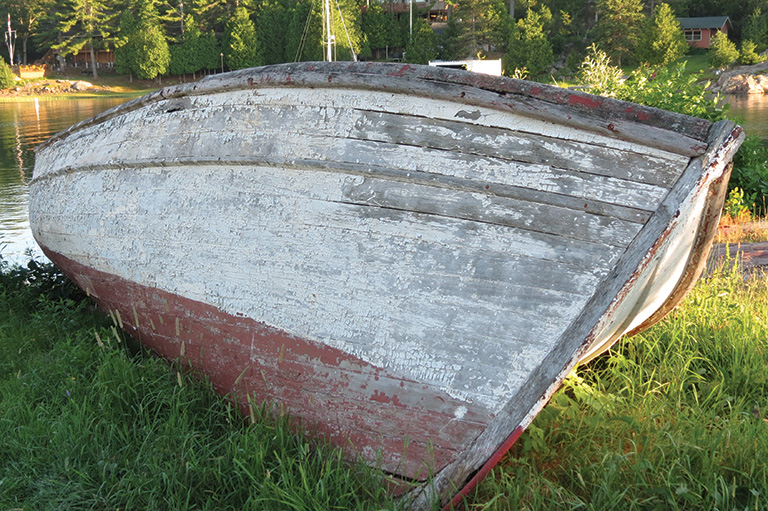
These large basins were jacked up on rocks, filled with tar, and heated from below with a wood fire until their contents liquefied. Fishing nets were soaked in the protective ooze and then spread across the rocks to dry.
Even today, half a century after the last fires were lit there, the telltale whiff of tar gives away the location of the three Killarney tar vat operations.
One is located on George Island, along a pleasant five-kilometre loop trail that winds through varied terrain (for a few dollars, the staff at Killarney Mountain Lodge will shuttle you across to the island). Peering into the water beside the vat reveals the skeleton of an old fishing tug, slowly rotting with the passage of years.
A second tar vat operation was near the mouth of the Chikanishing River in Dave’s Bay, which is best accessed by water.
“There’s a hockey arena-sized rock, flat and smooth, that has the magnificent imprint of tar nets on it,” East said. “It looks like a giant alien checkerboard.”
We opted to visit the vats found in the aptly named Tarvat Bay.
A poorly maintained and inadequately marked trail leads to the bay, but we chose instead to hug the lakeshore for the 1.5-kilometre hike.
Starting from the pretty 1867 Killarney East Lighthouse — one of two lighthouses marking the entrance of Killarney Sound — we wound our way along the pink rock shoreline that is distinctive of this stretch of Georgian Bay coast and were rewarded for our efforts with phenomenal views of the lake.
Tarvat Bay is also easily accessed by water (consider staying at Killarney Mountain Lodge — guests there have free use of canoes and kayaks for half a day).
The fishery largely ended in Killarney, as it did all across Georgian Bay, by the end of the 1950s.
The growing efficiency of fishing gear and the increasing number of people engaged in the industry led to overfishing.
To make matters worse, debris from the logging industry polluted many spawning grounds. Also, parasitic sea lamprey and other non-native species invaded the Great Lakes, contributing to a severe decline in Georgian Bay’s fish populations.
But there are still a few commercial fishermen operating in Killarney, most notably Ross Herbert, who sells fresh catch to the public and operates a busy fish-and-chips eatery from a converted school bus along the wharf.
Over the last thirty years, Herbert’s has become a Killarney fixture, and it’s not unusual to find lengthy lineups of people who’ve raced from their boats in eager anticipation of mouth-watering whitefish and home-cooked fries. No visit would be complete without a lunch here.
Though the Lake Huron fishing industry belongs to a bygone era, in Killarney the past doesn’t seem so far away. With a fresh breeze blowing off Georgian Bay and carrying the unmistakable scent of the open water, it’s not hard to close one’s eyes and picture fleets of fishing tugs pulling up along the wharves, their hulls overflowing with nets of freshly caught fish.
Themes associated with this article
Advertisement

